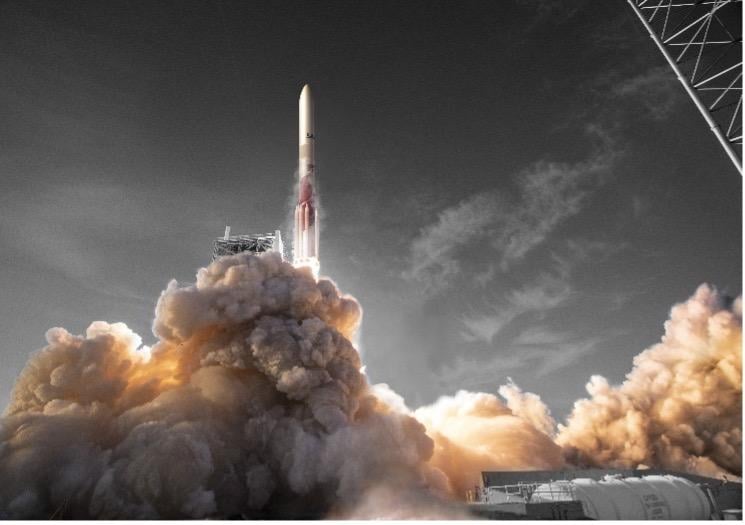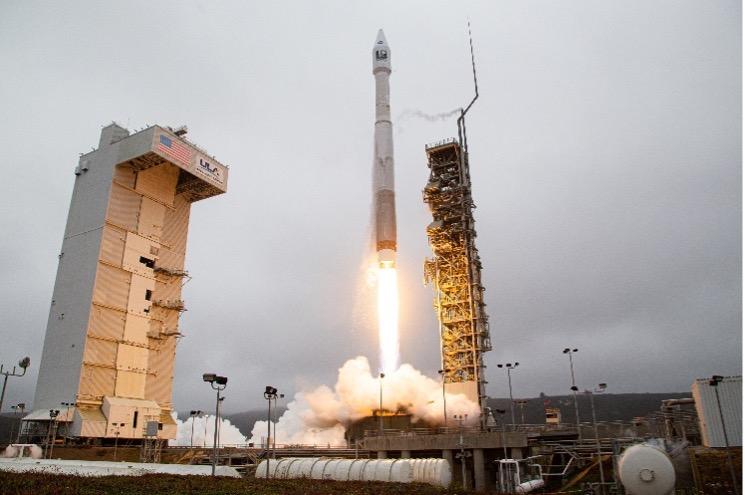Launch Vehicle Avionics – From Atlas V to Vulcan Centaur

Leveraging 60+ years of extensive experience as a market leader in space, L3Harris provides next-generation space technologies, including higher-capability launch avionics, advanced imaging technologies and mission analysis so that companies like United Launch Alliance (ULA) remain on the leading edge of space mission evolution.
A valued mission contributor to enduring space missions, L3Harris’ history in support of planetary exploration with the Atlas V launch system is proof positive. We were part of Atlas V’s first flight in 2002, the first NASA flight in 2005 and many payload firsts. L3Harris has provided Atlas V mission-critical avionics and related services for decades.

Atlas V has proven to be a reliable and flexible launch vehicle used to deliver exploration spacecraft, satellites and classified payloads into orbit. Now, L3Harris is the exclusive provider of avionics for the new Vulcan Centaur rockets through 2027. In choosing L3Harris for Vulcan Centaur, ULA cited confidence in quality, performance and value – giving customers greater capability for new missions at a significant reduction in cost.
The Vulcan Centaur rocket design leverages the flight-proven success of the Delta IV and Atlas V launch vehicles and will serve a diverse range of markets including commercial, civil, science, cargo and national security space customers. Vulcan will launch 60 percent of the critical National Security Space Launch (NSSL) missions for the U.S. Space Force.
From planning and design to integration and execution, L3Harris enables the entire mission value chain, further, the company envisions solutions for missions on the horizon. One of the efforts to drive innovative technology forward includes our development of the Phoenix flight computer – which will provide the launch vehicle guidance, navigation and control computer for Vulcan Centaur. Phoenix is modular and scalable and is designed for other spacecraft applications including satellite attitude control, mission data network control (solid-state compressive recorder), instrumentation and display control, software defined radio control, vehicle health and status monitoring, command and data handling as well as computer and payload control.
Our reliable, technologically advanced subsystems help ensure our nation’s success in addressing the ever-changing and complex threats we face - across all domains.
Numerous NASA programs have relied on L3Harris’ expertise and technology – from early spacecraft through the Mercury, Gemini, Apollo, Space Shuttle, International Space Station and previous Mars missions. L3Harris has supported deep space exploration with work on the Hubble Space Telescope and now the James Webb and Nancy Grace Roman space telescopes. In addition, the company supports space-based weather forecasting on U.S. and international satellites and has navigation technology on every U.S. GPS satellite.
When it comes to navigating the new space era, L3Harris anticipates customers’ demands and delivers innovative solutions – quickly and flawlessly.
Click here to see Gallery: From Atlas V to Vulcan Centaur.
Featured Products:
Launch Vehicle Avionics | L3Harris™ Fast. Forward.
Launch Vehicle Phoenix Flight Computer | L3Harris™ Fast. Forward.
Launch Vehicle Ignition and Staging Controller | L3Harris™ Fast. Forward.
Launch Vehicle Master/Remote Telemetry Unit | L3Harris™ Fast. Forward.
Launch Vehicle Flight Safety System | L3Harris™ Fast. Forward.
Launch Booster Control and Power Distribution Unit | L3Harris™ Fast. Forward.
Spacecraft S-Band Transponder | L3Harris™ Fast. Forward.
Spacecraft High Data Rate Transmitters | L3Harris™ Fast. Forward.
Missile / Unmanned Aerial Vehicle Flight Safety System | L3Harris™ Fast. Forward.
Mars Electra-lite UHF Transceiver | L3Harris™ Fast. Forward.
